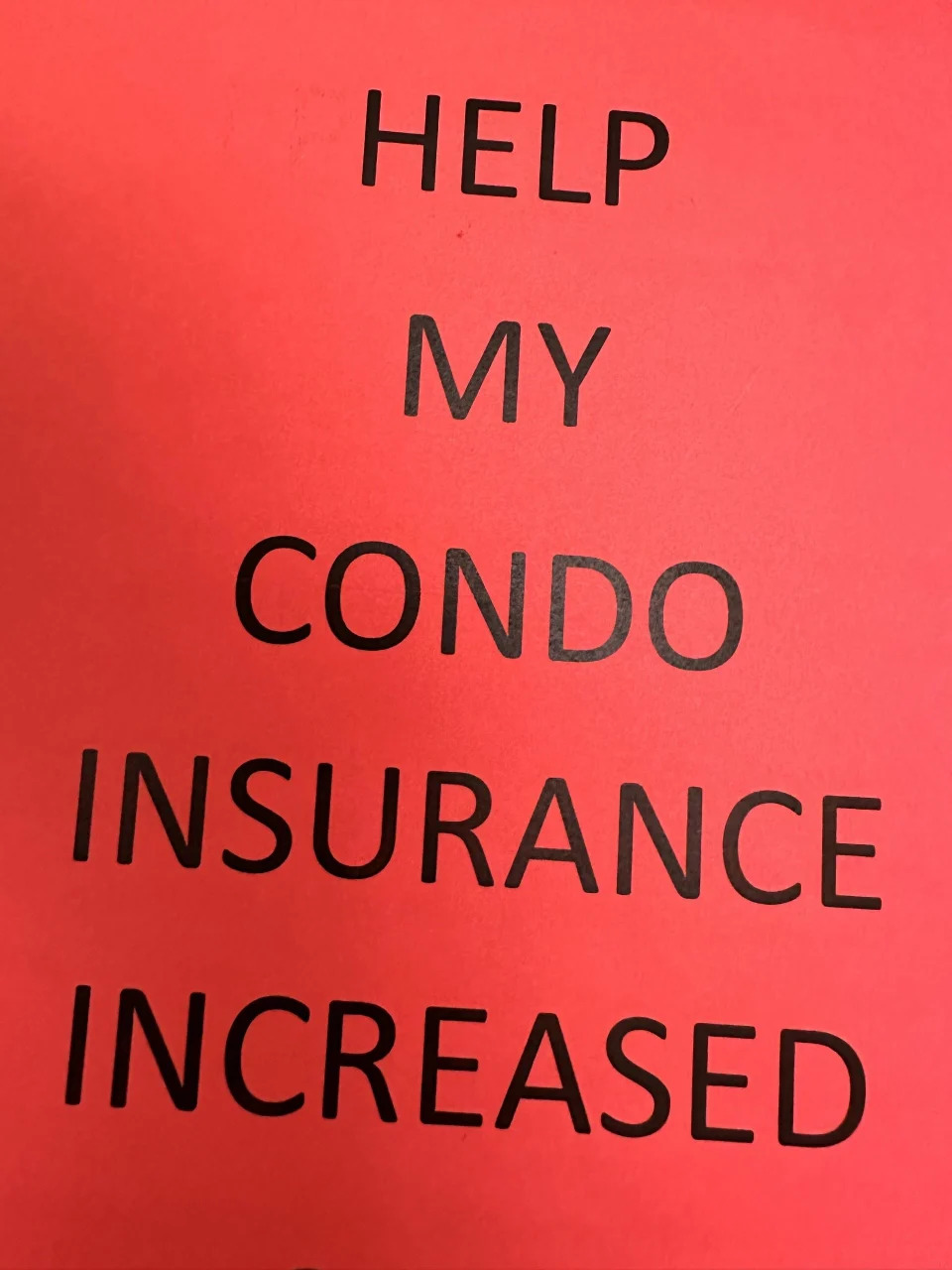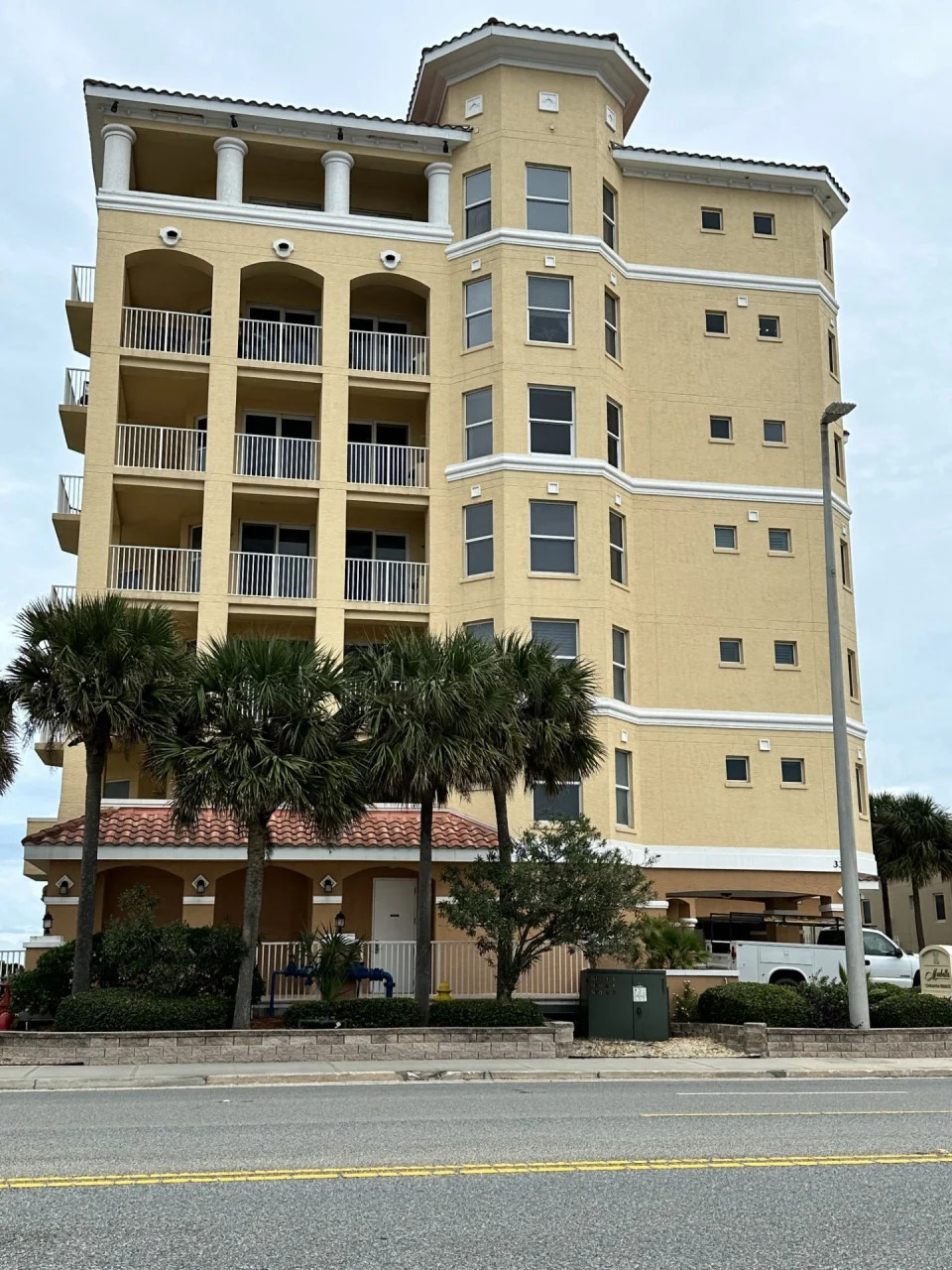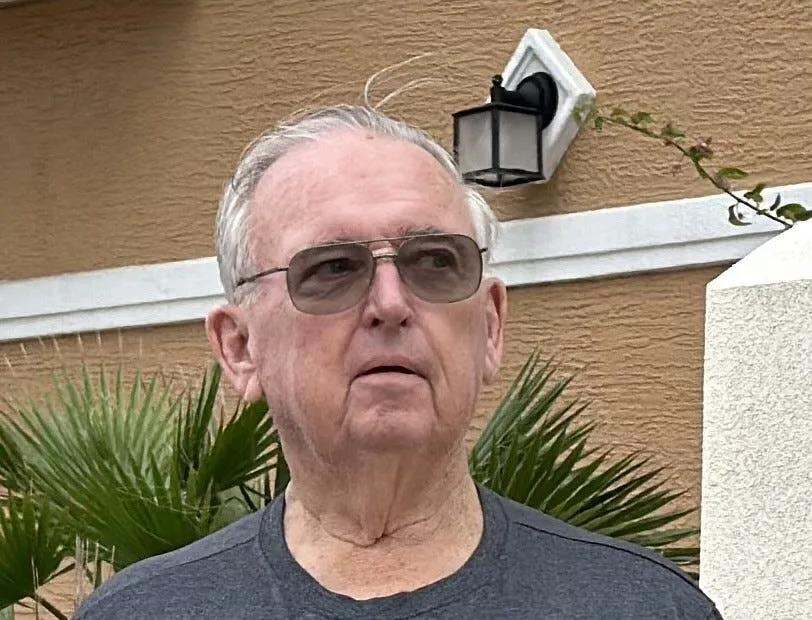AZ Central – The Arizona Republic – Opinion
Texas is about to follow Arizona through the immigration gates of hell
Phil Boas, Arizona Republic – December 4, 2023
To say the U.S.-Mexico border is in chaos is to actually understate the problem.
Some 2.5 million migrants have been encountered trying to illegally cross the border in fiscal 2023, topping the record of the year before.
As quickly as the state of Texas can put up razor wire to stop the influx, the federal government is cutting it down.
Democratic governors and big-city mayors in Illinois, New York and Massachusetts have screamed at the Democratic White House to get control as migrants flood their social services.
Even Jesse Jackson — yes, Jesse Jackson — is scolding the feds for failing to secure the U.S.-Mexico line.
“Laws need to be enforced at the border,” the long-time civil rights leader said, as reported by Politico on Thursday.
Texas mimics Arizona’s immigration law
Today in Arizona, U.S. Customs and Border Protection will temporarily close their crossing at Lukeville to free up agents to help manage the rising level of migrant encounters between ports of entry, reports Arizona Republic writer José Ignacio Castañeda Perez.
But the real madness comes from Texas, where Gov. Greg Abbott is poised to walk through the gates of hell by signing a bill that looks very much like Arizona’s notorious Senate Bill 1070, signed into law in 2010.
Texas Senate Bill 4 would make it a misdemeanor for a person from a foreign nation to illegally enter or attempt to enter Texas at a location other than a lawful port of entry.
“If a police officer has probable cause to believe a person crossed the Rio Grande, that person could be charged with a Class B misdemeanor, which carries a punishment of up to six months in jail, Texas Tribune reporter Uriel J. García explained.
“If the person has been previously convicted of entering Texas illegally under SB 4, the charge could be increased to a second-degree felony, which carries a punishment of two to 20 years in prison.”
Those convicted of the law would then be returned to a port of entry and ordered to return to Mexico. If they refuse, they could face a felony charge, Garcia explained.
Arizona Republicans argued this before
Tell me where you’ve heard this before:
SB 4 merely follows federal immigration law, the bill’s sponsor in the Texas House, Republican David Spiller, said.
That was the reigning argument when Arizona Republicans passed and signed into law SB 1070, meant to shrink the size of Arizona’s undocumented immigrant population through aggressive state enforcement of the federal law.
In time, much of that Arizona law was gutted by the federal court.
Spiller argues that SB 4 is significantly different than Arizona’s controversial law in that it would focus exclusively on people who have recently crossed the U.S.-Mexico border illegally into Texas, not the undocumented who have been living illegally in Texas for years.
The opponents of SB 4 are lining up to legally challenge the State of Texas if and when the bill becomes law. And they are not appreciating the distinctions Texas makes from Arizona’s beleaguered SB 1070.
“(This is) one of the country’s most radical anti-immigrant laws — EVER,” the ACLU of Texas said. “If Gov. Abbott signs #SB4 into law, we’ll sue.”
“Senate Bill 4 is the broadest, most invasive piece of legislation to ever potentially challenge the very nature of our federal and state power,” said Texas state Rep. Victoria Neave Criado, a Dallas Democrat and chair of the Mexican American Legislative Caucus.
“The power to enforce immigration is unquestionably, exclusively a federal power.”
The biggest problem with Arizona’s SB 1070
The problem with Arizona’s SB 1070 was that it opened fissures between the white and Latino communities in a border state where the Latino population is a significant and growing part of the community.
No matter how many assurances Arizona Republicans offered that SB 1070 would not target legal citizens, Latino citizens and their allies were unconvinced.
They saw SB 1070 as a target on the back of every person with brown complexion. Feelings were raw. And many Latino citizens talked about leaving the state.
Then-President Barack Obama stood with then Mexican President Felipe Calderón to oppose Arizona’s law.
“In the United States of America, no law-abiding person — be they an American citizen, a legal immigrant, or a visitor or tourist from Mexico — should ever be subject to suspicion simply because of what they look like.”
The times have changed on immigration
Already, the office of Mexico Foreign Minister has said in a statement that the proposed Texas law “categorically rejects any measure that allows state or local authorities to detain and return nationals or foreigners to Mexican territory.”
Good luck trying to send detained migrants back to Mexico, immigration experts tell the Texas Tribune. Mexico is under no obligation to receive those people.
“In fiscal year 2023, about 83% of the 1 million immigrants encountered by Border Patrol on the Texas-Mexico border were not Mexican citizens,” the news organization reported. “Many are coming from Central and South America, Asia or Eastern European countries.”
Without a doubt the earth is shifting on immigration.
During the 2010s when SB 1070 made Arizona a national flash point, you did not hear the howls of Democrats worried about unchecked immigration.
Democratic cities were lining up to boycott Arizona, along with national conventions and arts and entertainment, including Kanye West and Rage Against the Machine.
The real damage was eroded trust
But the boycotts never did real damage to Arizona. The real damage was the erosion of trust between Latinos and the majority white population.
Much of the white business establishment had begun to see this too late and tried to fend it off, but the damage was done. I remember this newspaper entertaining a delegation of some of the most distinguished Latinos in our state speaking to us with real anguish and fear.
The federal court would dispense with much of the law, and it was never enforced. But both parties would work for a decade to avoid the wrenching emotions of that time.
Gallego is proof: Border politics have reached a tipping point
For a decade after, Arizona’s GOP-dominated Legislature and governor’s office steered cleared of similar iron-fist immigration measures.
Many of the politicians who pushed SB 1070 would eventually be driven from office, and the author of the bill, Russell Pearce, would see his gambit to follow SB 1070 with roughly a half-dozen follow-up bills unravel.
Working behind the scenes to help Arizona’s moderate Republican lawmakers dismantle those follow-up Pearce bills was a retired judge of some note — former U.S. Supreme Court Justice Sandra Day O’Connor.
Learn from us, Texas. Don’t go there
Texas Republicans, like Arizona Republicans, aren’t likely to care about what Mexican officials think about our state immigration laws. They can thump sand.
They’re not likely to flinch at rock bands canceling concerts, or California cities boycotting them.
But they will feel the sting of their fellow Arizonans and Texans — Latinos who are their friends, colleagues, neighbors and family members — who feel betrayed by laws that no matter how you write them are likely to distinguish by race.
The Texas governor would be wise to learn from Arizona and its encounter with the abyss.
So far, President Joe Biden and his immigration officials have not commented on the Texas bill.
They may be waiting for the Texas governor to generously take from the White House the lightning rod that is illegal immigration.
Phil Boas is an editorial columnist.









